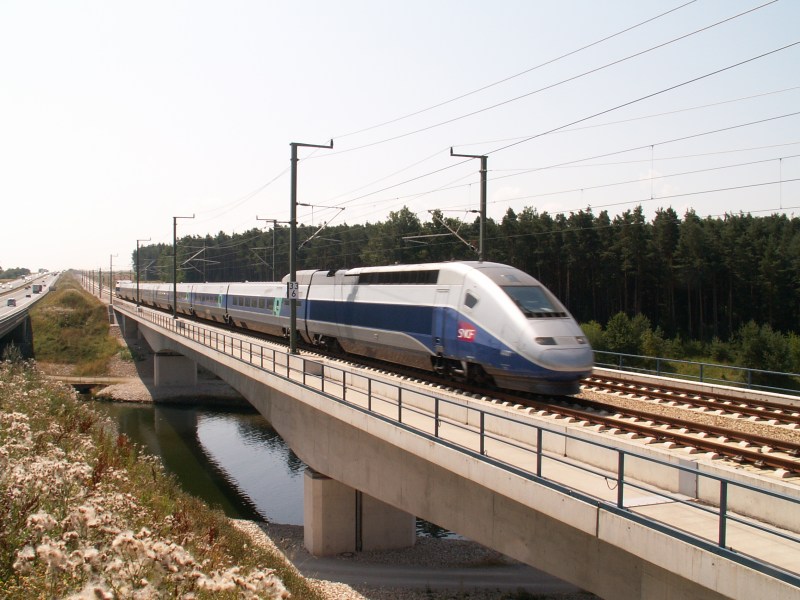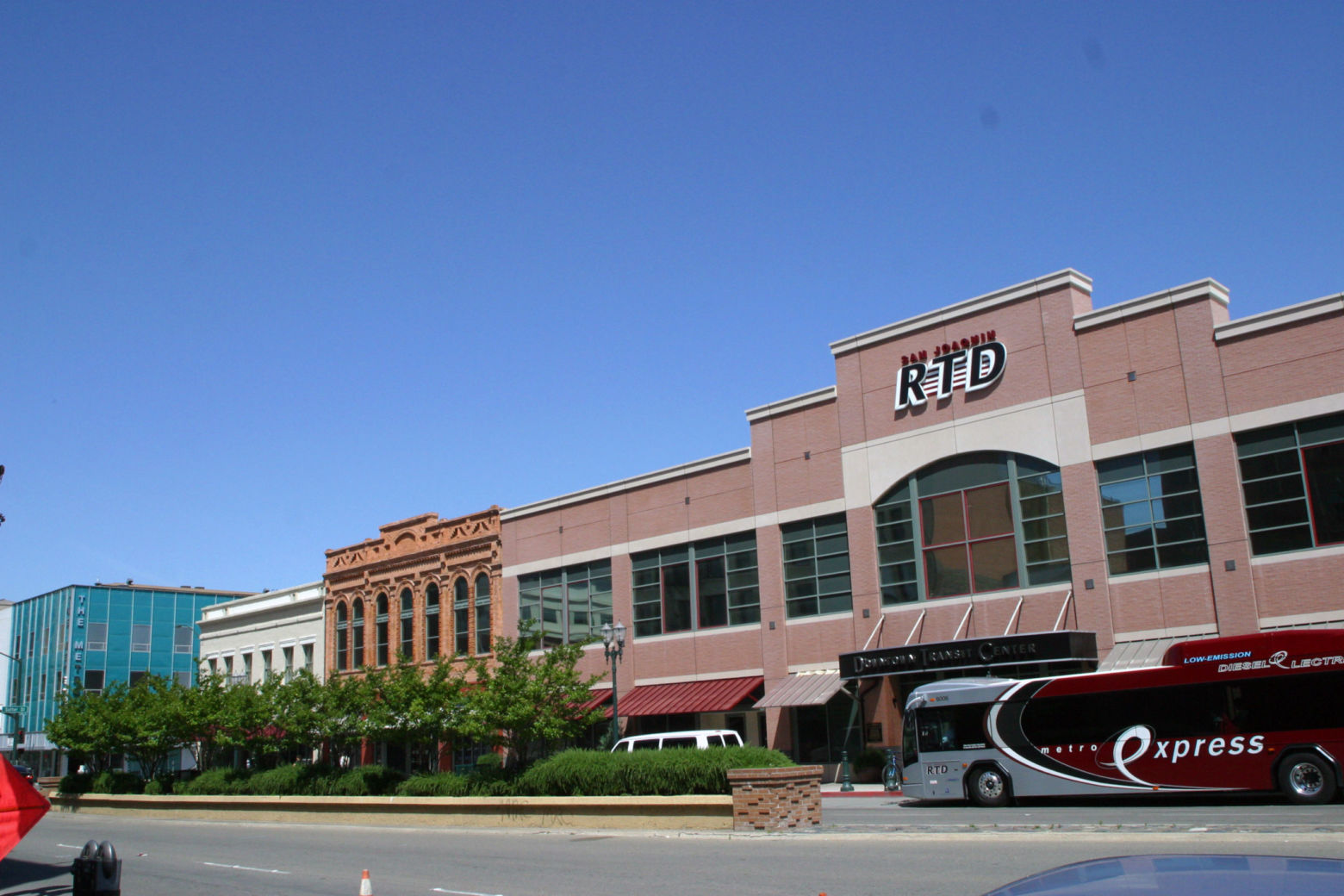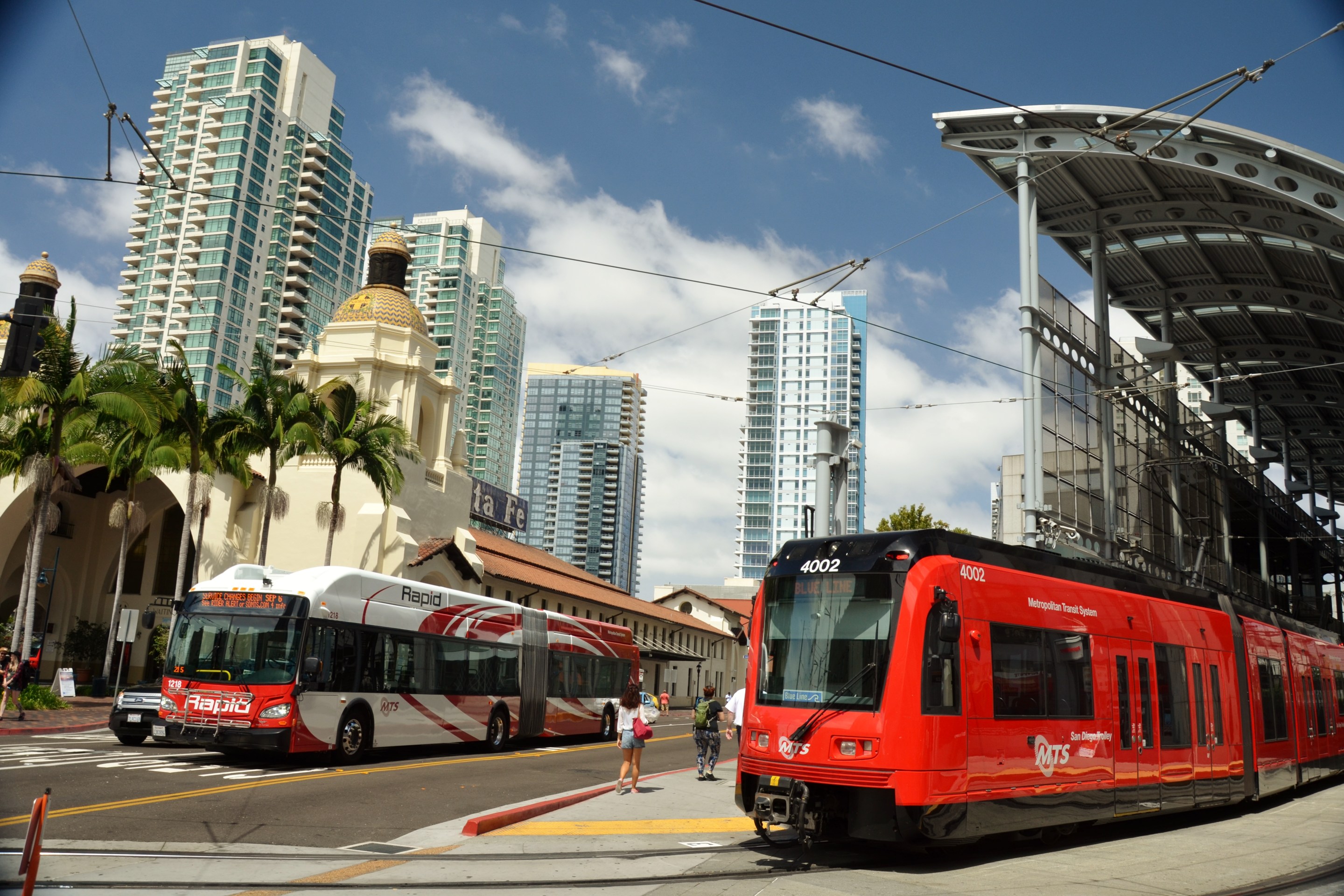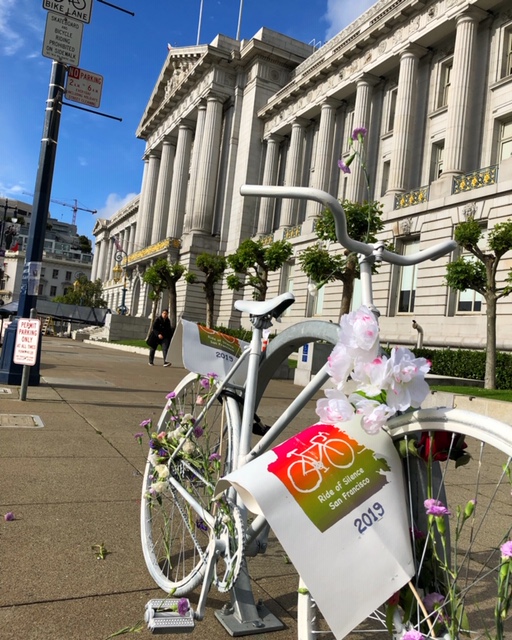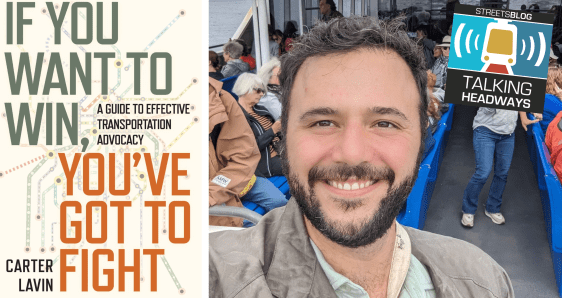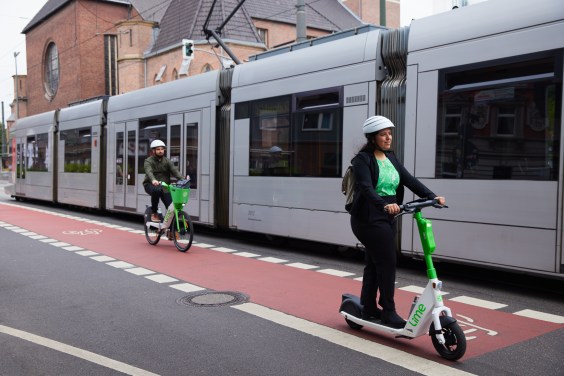Take Caltrain from San Francisco to San Jose, and it costs $9.75. But come back on the other side of the Bay, to Oakland's Jack London Square Amtrak station, and it will cost you between $17 and $37 on Amtrak. The tickets are completely different, purchased from different agencies, from different machines.
This is just one of the many small and large problems that limits ridership on Bay Area and California State rail systems--and it's something Chad Edison, Deputy Secretary for Transportation with the California State Transportation Agency (CalSTA), hopes to solve as his agency finishes up its California State Rail Plan.
"In Switzerland there are hundreds of operators and they all come together to give one product to the customers that are seamless," he said, explaining that the state wants to emulate pretty much everything it can from Swiss and some other European rail transportation models. This came as part of a preview of that plan, given at a talk today at SPUR's Oakland location. "What we’re recommending in the rail plan is a statewide network that integrates, high-speed rail, blended rail, urban transit, and bus connections, focusing on the multi-modal nature of our hubs."
Travelers want to go door to door, not from major railway stations to major railways stations. So when they purchase a ticket, it should include the fare on the bus that takes them from home to the station, and from the station to their final destination. It should also be a consistent and logical train fare, regardless of which agency is running the train. "We need an integrated booking system with one set of tickets and payments throughout the journey," he explained. Furthermore, when someone gets to their destination train station, the connecting bus should be waiting for them.
This isn't something that requires new technology or even huge upgrades in infrastructure, although some are surely needed. As an example, Edison used a station in Wetzikon, a small town outside of Zurich. Trains depend on single tracks to get to and from the station, as seen in the diagram below. But the station itself is designed to facilitate transfers. Trains arrive, even off peak, in predictable intervals--every 30 minutes--at 15 minutes past and 45 minutes past the hour.
Then, he explained, there's a bit of a transportation ballet, all happening over the course of a few minutes, so that everyone can transfer easily:
"They plan the infrastructure around it," said Edison. "This is how we want to think as we look forward to a 2027, and 2040 network." By focusing on the stations and transfers, the California system can actually get people door to door faster than if everything is focused on increasing overall train speed, although, of course, that's also essential.
This follows the state rail plan's mission statement:
The mission of the 2018 Rail Plan is to provide a safe, sustainable, integrated and efficient California rail network that successfully moves people and goods while enhancing the State’s economy and livability.
The goal is also to make sure as segments of High-speed rail become operational, those services will also be integrated with Amtrak, Caltrain, and local transit--all on one ticket, and on a schedule where trains come at regular intervals and bus services serve those schedules, instead of leaving everything to chance connections, or expecting people to use a car to complete their journeys.
Edison hopes some coordinating of schedules, improvements to stations, and integration of fares can begin soon. But longer term, there will also be requirements for big expenditures, such as a second Transbay crossing that will allow Caltrain, HSR and Amtrak to cross the Bay. That could be funded from Cap-and-Trade and from diesel fuel taxes that will be increased under SB1, as well as other sources.
Meanwhile, he argues that integrating services will reduce operating expenditures. That's in part because it enables agencies to get more fares from people riding off peak, something that has been elusive as of late. The regularity of the pulse system allows people to use trains for trips besides commuting to work--if someone knows they can get to a shopping area of a nearby city seamlessly and on a single ticket, they are more likely to take the train over driving. In other words, it's not necessarily the frequency of the services, but the fact that they know it will depart at regular intervals, even late into the night, with connecting services that won't require waiting around.
There are other ways to reduce costs, he explained. Adjusting train lengths to fit demand and sharing track maintenance with freight railroads on intensely used corridors, and one doesn't even always have to depend on European examples to find examples of train systems with lower costs. "In Chicago, there’s a very productive corridor that goes to Naperville--it costs 18 cents per passenger mile, where Caltrain costs 28 cents."
Of course, key to making California's transit system more attractive and cost-effective is making it more reliable. The panel was supposed to be introduced and hosted by SPUR's Transportation Policy Director, Ratna Amin. But she and Matt Maloney of the Metropolitan Transportation Commission didn't arrive until the discussion was more than halfway over, thanks to--you guessed it--BART delays (SPUR's Arielle Fleisher stepped in to host until they arrived). Let's hope the plan will also help make the Bay Area's existing transportation infrastructure more reliable.
For more events like these, visit SPUR’s events page.
